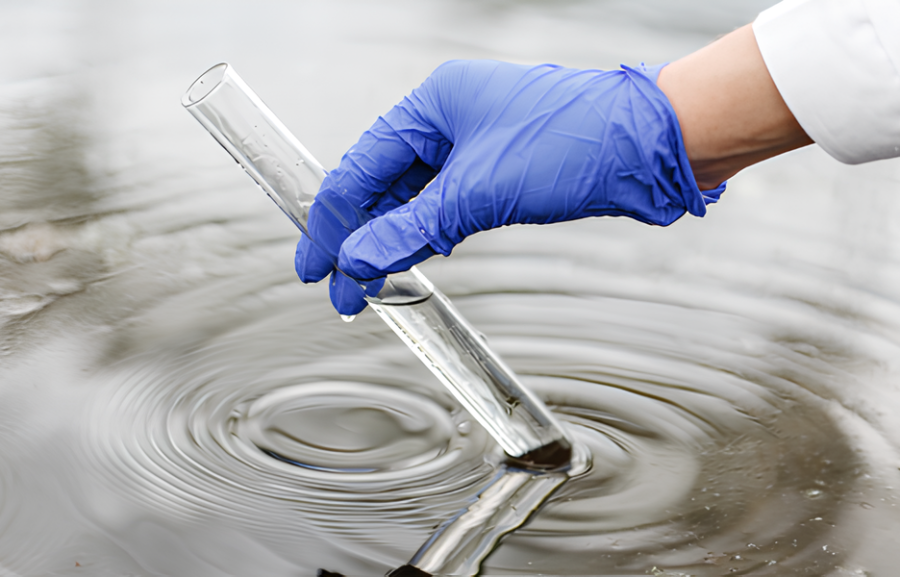11.09.2025
Hidden danger
How to protect against heavy metals in your drinking water?

With the growth of the world’s population and increasing consumption of resources, industry is developing faster than ever. At the same time, the amount of waste and the scale of anthropogenic pollution of the environment are also growing. One of the serious consequences is the penetration of heavy metal salts into soil and water bodies.
Main sources of pollution:
- emissions from thermal power plants, waste incineration facilities, mining and processing enterprises, which settle in the soil and then, through natural circulation, are washed into water bodies;
- wastewater from metallurgical, chemical, agricultural, and mining complexes, discharged into rivers, lakes, and reservoirs;
- worn-out pipes and repair works on water supply networks;
- brass fittings (an alloy of copper and zinc).
- There are also natural sources — for example, volcanic activity or the weathering of rocks — but their contribution to pollution is much smaller compared to the impact of urbanization and technological progress.
Health risks for humans
Even if water from a tap, well, or borehole looks clear and fresh, drinking it without filtration can lead to the ingestion of heavy metals.
The maximum permissible concentration (MPC) for different elements varies significantly: from 0.0005 mg/L for mercury to 1 mg/L for copper and zinc. The latter value was artificially increased due to the widespread use of brass fittings, which by no means makes them harmless.
The impact of heavy metals on the human body is still not fully studied. However, it is already known that their accumulation can cause joint diseases, liver and kidney dysfunction, anemia, nervous system disorders, and even malignant tumors.
Children are especially vulnerable: long-term consumption of contaminated water leads to delays in both mental and physical development.
Water purification methods
To protect yourself and your family from hazardous impurities at home, two main approaches are used:
Ion exchange — replacing “heavy” ions with harmless ones, most often sodium ions.
Aqualen — a unique ion-exchange microfiber used in Aquaphor filters, specially designed for the removal of heavy metals. Thanks to its fibrous structure, it directs every drop of water through the sorbent, leaving no chance for contaminants.
Reverse osmosis system — a membrane that allows only water molecules to pass through, retaining all impurities, including heavy metals. This method is recognized as the most effective in the world.
🔹 Important to remember: for a private house, the filtration system should only be selected after a comprehensive analysis of tap water.
